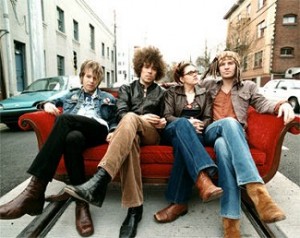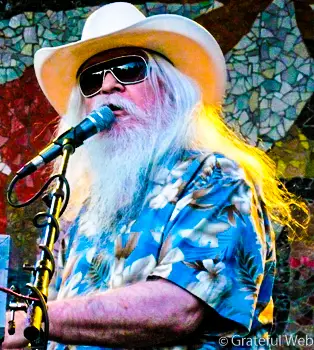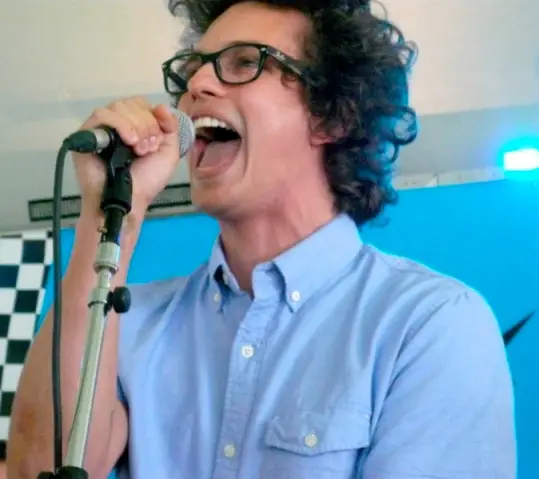Thunderous oscillations expand violently from center stage, miraculously freed from a vintage Moog chipset only to be captured by my outer pinna, which sends the tone swirling inward toward the depths of my cochlea. The synthetic drone weaves through a latticework of scenestirs and technocrats occupying Seattle's Showbox Theater this evening. Ensuing layers of tonal stew self-oscillate, self-sustain, and self-evolve into an overwhelming muck that rattles the cinderblock before receding back toward its creator.The creator, one Courtney Taylor-Taylor, remains stoic -- unaffected if not wholly underwhelmed by the magnitude of sound coming from his custom stack and subsequent house PA. He turns his back to the audience and adjusts his rig, spinning knobs with no discernible impact and ingesting liquid of no discernible proof. As a spectator, its unclear what accounts for Taylor's stature; his is not a modest or shy presence but indeed the lack of a presence. Distinct from the "aloof persona," a trait all-to-common amongst songwriters and musicians, Taylor is a specimen simultaneously here and gone, visible yet transparent. Perhaps he's frustrated with the sound system, perhaps he's under the influence, or perhaps he's simply over it all: playing identical set after identical set, living on the road, setting up and breaking down, the life of a frontman -- even of a band as successful as The Dandy Warhols -- can't be as romantic as it sounds.But Taylor thrusts onward, turns to the crowd, and overlays a vocal drone that breaks the psychedelic tension of a forever building, forever breaking, forever bubbling synthetic stew. The opening song evolves and dissolves, elaborates and degenerates, sings, whispers, screams and bickers, calls forth as the Siren yet falls short to beguile. It demands to be art, and treated as such. It is neither alive nor dead, just like its creator, the man who wasn't there.The Dandys continue to interplay self-oscillating muck amidst a string of toe tapping classics including "Not If You Were The Last Dandy" and "We Used To Be Friends." But this incarnation is not the same band of Dig fame, indeed they barley resemble the ragtag rockers who achieved pop art celebrity with the help of David LaChapelle, or the experimentalists who conquered Europe with the help of chiseled cheekbones and fitted shirts. It's not even the same band that had the adrenaline and ego to go jab-for-jab with Anthony Newcombe. Their renditions of these hits felt less like crowd pleasers and more like introspective meditations of past glory. They had none of the spite one typically expects from a band bored to death of playing their most popular cuts, but rather in its place the deeper tragedy of no longer feeling it. Simply put, they were going through the motions.Sonic structure continued as such, The Dandys trading off between synthetic stew and strung-out transcendentalism. By halftime, Taylor's voice was tired and unemotional. Come encore, digital drone overtook harmonic content. And by the end of the night, we had witnessed the inevitable vanish of a band waning in relevance, and the disappearance a man who wasn't there. Insightful evening? Quite. But do yourself a favor, and stick to the recordings.









